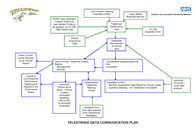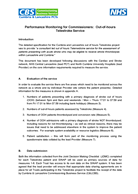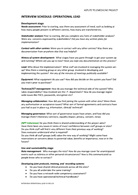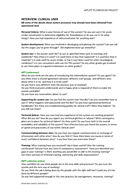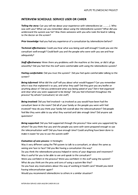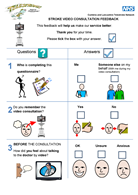Section 5: Telestroke Evaluation
Guidelines Telestroke should include the collection of national quality measures. Continuous quality improvement activities should include: assessment of adoption and use of the telestroke technology; rates of technical and human failures related to the system; and needs for training and maintaining competency. The results of these activities should be shared across the network. 1
Research mainly focuses on monitoring clinical processes and outcomes, including: time from onset to admission, scan, lab values, request for consult, completion of assessment, to tPA treatment; in order to identify the potential for shortening onset-to-treatment time.9 Hypotheses about how telestroke might improve outcome suggest also monitoring system use, impact on decision making, and acceptability. 5, 6, 7, 8, 9, 13
| Other telestroke projects detail the implementation tasks and resources to: | Lessons learned from the case study include: |
|---|---|
| 5.1 Monitor clinical processes and outcomes of telestroke | Ongoing multidisciplinary review of telestroke consultations |
| 5.2 Monitor telestroke system use and impact on decision making | Information about telestroke that was not being collected |
| 5.3 Monitor fidelity, quality, and acceptability | Difficulty of measuring patient satisfaction of the telestroke experience |
|
5.1 Monitor clinical processes and outcomes of telestroke
Measure time from onset to: admission, scan, lab values, request for consult, completion of assessment, tPA treatment; to identify potential for shortening onset to treatment time. 9
Lessons learned from the case study:
- Ongoing multidisciplinary review of telestroke consultations
- Data recording of telestroke consultations
5.2 Monitor telemedicine system use and impact on decision making
Evaluate how access to specialists is used, and its wider value to users. Monitor the prevalence of system use and non-use for stroke and non-stroke diagnoses. Record the change from suspected stroke to primary diagnosis of stroke. 9
Lessons learned from the case study:
5.3 Monitor fidelity, quality, and acceptability
Staff may be reluctant to sustain use of a telestroke system if they lack confidence or if the system is time-consuming. 5-6 Monitor the pattern and frequency of use of the system and explore any problems. 7, 8, 9
| Evaluation areas | Details and Examples | |
|---|---|---|
| Fidelity/quality | Technical problems |
Provided by system provider and reported in Executive Monthly Report |
| Satisfaction | Interview schedules for the ASTUTE project | |
Operational lead |
Clinical user |
|
Patient perspective |
Patient satisfaction |
|
Lessons learned from the case study:
5.4 System sustainability, expansion, and modification
Keep under review the cost-benefit ratio of maintaining a telestroke system versus on-site service development, based on research outcomes for different systems. Consider options for expansion and staffing: the use of stroke nurse practitioners for assessment and delivery of treatment did not present safety or treatment issues in two studies. 7, 12 Stage network expansion processes. 7, 9, 13


